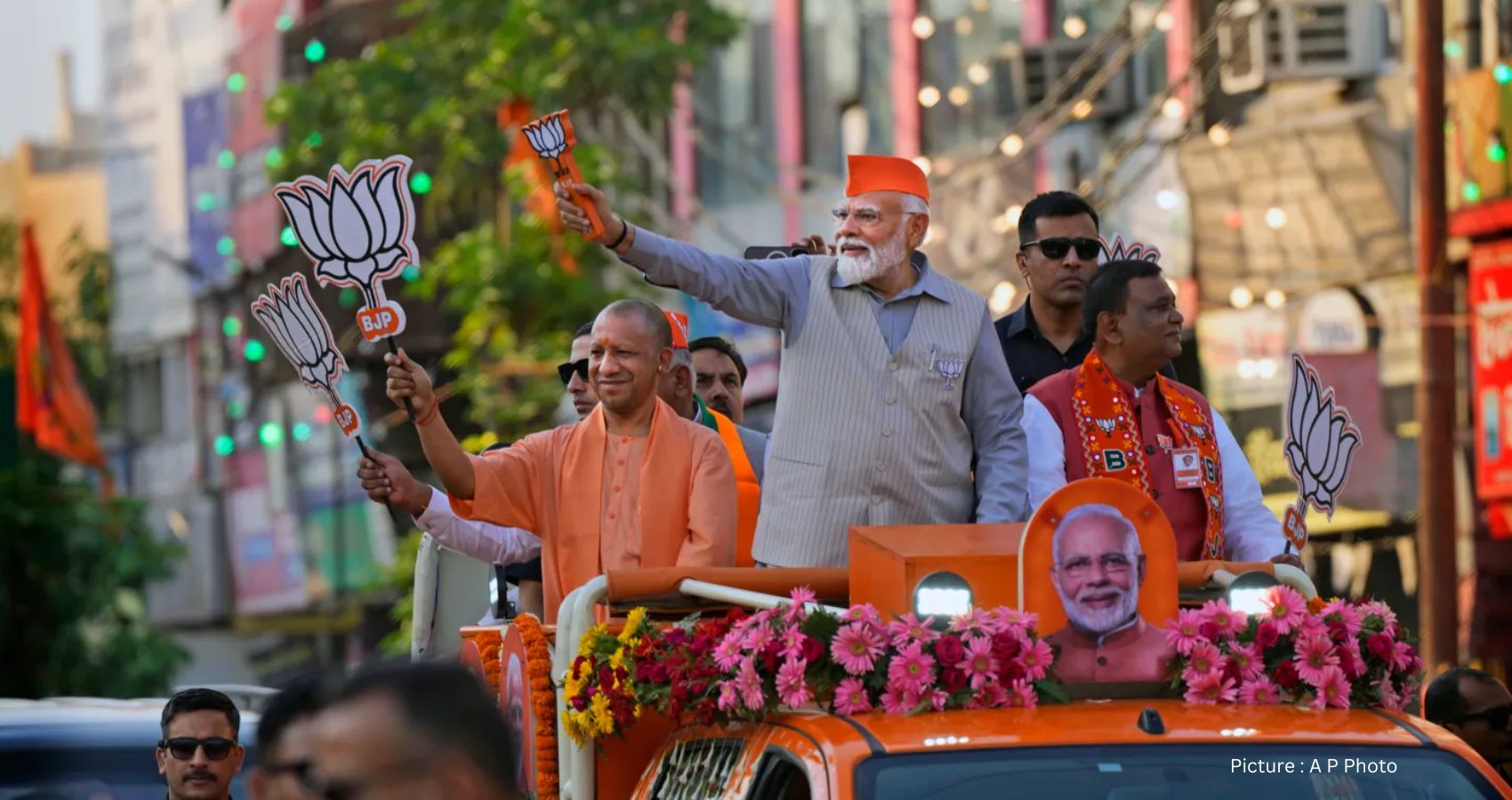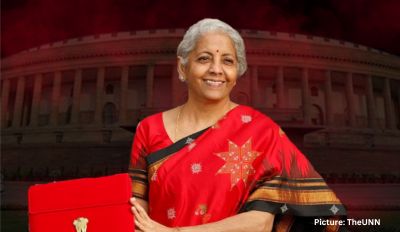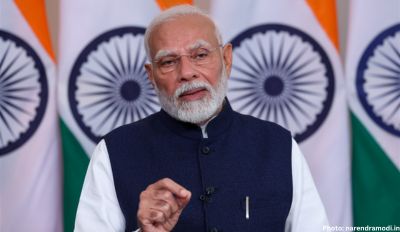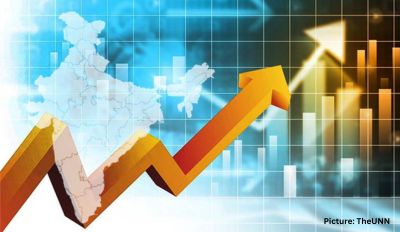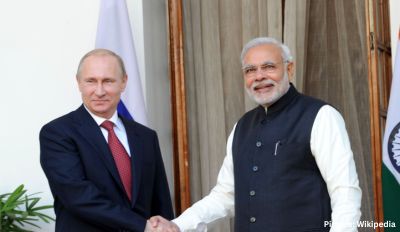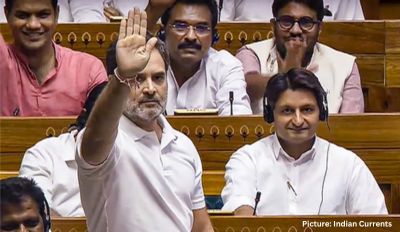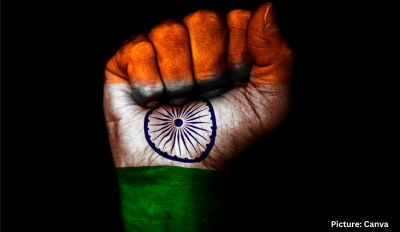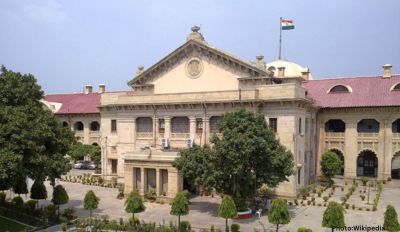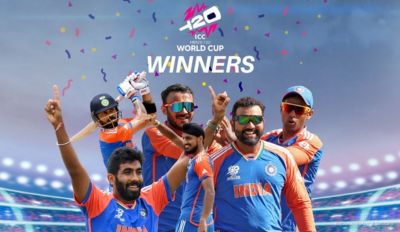The upcoming week marks the commencement of the world’s largest election, as 960 million eligible voters out of India’s 1.4 billion population prepare to cast their votes to determine the occupants of the 543 seats in the Lok Sabha, India’s powerful lower house of Parliament, and ultimately, the next Prime Minister of India.
The ruling Bharatiya Janata Party (BJP) faces off against a coalition of over a dozen opposition parties, notably the Indian National Congress, which has a historical legacy of governing India for more than five decades. Central to this electoral clash is the incumbent Prime Minister Narendra Modi, who ascended to power in 2014 on a platform promising economic reform and championing Hindu nationalism. A victory for Modi would see him join the ranks of India’s first Prime Minister, Jawaharlal Nehru, as a three-term leader.
The election unfolds as a protracted and resource-intensive endeavor, with voting scheduled to commence on April 19th and span seven phases over six weeks, culminating in the announcement of results on June 4th. Mirroring the 2019 election, this year’s iteration anticipates the establishment of over a million polling booths nationwide, staffed by nearly 15 million polling personnel, facilitating the voting process through electronic means. The meticulous orchestration of these proceedings falls under the purview of the Election Commission of India, with projections hinting at a cost surpassing the $8.5 billion expenditure of the preceding election.
In essence, India’s electoral mechanism aligns with the British parliamentary system inherited until independence in 1947, constituting a multiparty parliamentary framework with a bicameral legislature. The attainment of a majority, requiring 272 seats, enables a party or coalition to form a government and nominate a Prime Minister. The process unfolds across seven distinct phases, enabling the deployment of security personnel to safeguard the transportation of voting equipment and ensure the integrity of the electoral process.
Post-voting, the Election Commission undertakes a comprehensive tallying and verification process, following which the President of India extends an invitation to the victorious party to form a government, with its leader assuming the role of Prime Minister. In cases where no single party secures an outright majority, alliances with smaller parties typically ensue.
The primary electoral tussle manifests between India’s dominant political entities—the ruling Bharatiya Janata Party (BJP) and the opposition Indian National Congress (INC). The BJP, led by Prime Minister Modi since its 2014 ascension, governs in tandem with the National Democratic Alliance, securing a resounding triumph in the 2019 elections with 303 parliamentary seats. Modi’s tenure, marked by a transformation from an anti-corruption crusader to a polarizing figure, resonates strongly with India’s Hindu majority, fostering widespread support despite governance challenges such as pandemic mismanagement, unemployment, and minority persecution.
Facing Modi’s BJP juggernaut are figures such as Mallikarjun Kharge and Rahul Gandhi from the Congress Party, which has endured consecutive electoral setbacks in recent years. The party’s electoral prospects face hurdles, including financial constraints and legal entanglements, notwithstanding alliances forged with regional opposition parties under the banner of the Indian National Developmental Inclusive Alliance (INDIA). However, internal dissent and strategic divergences have undermined the cohesion of this united front.
The electoral discourse revolves around pressing socio-economic issues, notably unemployment and inflation, compounded by the plight of farmers grappling with debt and meager incomes. Despite India’s economic growth trajectory, job creation remains insufficient, particularly for the youthful demographic comprising a significant portion of the population. The BJP administration has implemented welfare measures dubbed “new welfarism,” subsidizing essential services and devising digital infrastructures to facilitate direct cash transfers, thus shaping voter expectations regarding continued government support.
Furthermore, Modi’s espousal of Hindu-centric policies and the erosion of secular principles through initiatives like the Citizenship Amendment Act and the abrogation of Kashmir’s autonomy have polarized public opinion. These measures, while consolidating Hindu support, have alienated the Muslim populace, accentuating societal fault lines and invoking scrutiny regarding India’s secular ethos.
The upcoming election assumes significance as a barometer of India’s democratic ethos amidst allegations of rights infringements and institutional subversion. Despite commendable voter turnout rates, concerns linger over the government’s stifling of dissent and curtailment of media independence, prompting scrutiny from international observers and a reassessment of India’s democratic credentials.
The 2024 Indian election signifies a pivotal juncture in the nation’s democratic trajectory, testing the endurance of democratic principles amidst socio-political turbulence and the legacy of a decade under Modi’s leadership.

